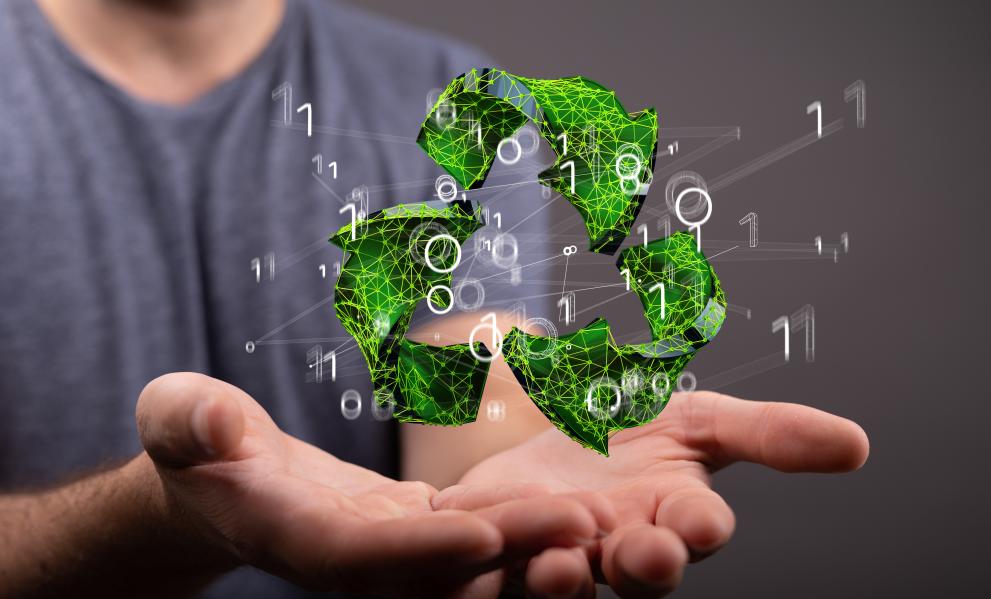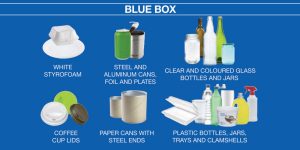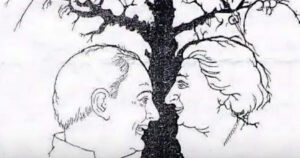Recycling 101: What Really Belongs in the Blue Bin?

Recycling is one of the simplest actions we can take to reduce waste, conserve resources, and support a cleaner environment. But despite good intentions, many people are still unsure about what actually goes in the blue bin—and what doesn’t. Confusion around recycling rules leads to what’s called wishcycling—tossing something in the recycling bin with the hope that it can be recycled. Unfortunately, wishcycling often contaminates entire batches of recyclables, sending them straight to the landfill.
If you’ve ever stood over your recycling bin wondering, “Does this count?”, you’re not alone. This guide breaks down what really belongs in the blue bin, what doesn’t, and how to recycle smarter so your efforts truly make an impact.

Why Getting Recycling Right Matters
Before diving into the details, it helps to understand why correct recycling is so important. When we recycle correctly, we:
- Conserve natural resources like water, timber, and minerals
- Save energy—recycling often uses less energy than producing from raw materials
- Reduce pollution and greenhouse gas emissions
- Divert waste from landfills and oceans
- Support the circular economy, where materials are reused instead of disposed of
But when we recycle incorrectly, the system suffers. Contaminants in recycling bins—like greasy pizza boxes or plastic bags—can ruin whole loads, increase processing costs, and make it harder for recycling centers to operate efficiently.
Understanding the Basics: What Belongs in the Blue Bin?
Let’s get clear on the staples. Most curbside recycling programs in North America accept a similar core group of materials. These include:
✅ Paper Products (Clean and Dry)
- Newspapers and magazines
- Office paper and mail
- Cardboard and paperboard (like cereal boxes)
- Paper egg cartons
- Envelopes (yes, even with plastic windows)
Note: Avoid recycling paper with food residue, wet or greasy paper, or items like tissues and paper towels—they degrade paper quality and aren’t recyclable.
✅ Plastics (Labeled #1 or #2)
- Water and soda bottles (#1 PET)
- Milk jugs and detergent bottles (#2 HDPE)
- Shampoo, soap, and household cleaner bottles
Always empty and rinse containers. Caps can usually stay on (check your local rules), but plastic utensils, straws, and plastic bags generally don’t belong in the bin.
✅ Metal Cans
- Aluminum soda cans
- Steel food cans (like soup or beans)
- Clean foil (free of food residue)
Scrap metal or aerosol cans (unless completely empty) should not go in the bin.
✅ Glass Containers (Where Accepted)
- Beverage bottles
- Food jars (like pasta sauce or jam)
Color doesn’t matter, but lids should be removed. Some areas have stopped accepting glass due to breakage issues—check your local program.

What Doesn’t Belong in the Blue Bin
Recyclables must be clean, dry, and appropriate for your local facility. Here are common items that may seem recyclable but actually cause more harm than good:
❌ Plastic Bags and Film
- Grocery bags
- Bread bags
- Bubble wrap
- Plastic wrap or cling film
These jam sorting machines. Instead, return clean plastic bags to collection bins at participating grocery stores.
❌ Food-Soiled Items
- Greasy pizza boxes
- Used napkins and paper towels
- Dirty paper plates or takeout containers
Grease and food particles degrade recyclables and attract pests. If it’s dirty, it’s trash or compost.
❌ To-Go Coffee Cups
Surprise: most to-go coffee cups are not recyclable. The paper is lined with plastic to hold liquids, which makes it difficult to process. Better to invest in a reusable cup.
❌ Styrofoam (Polystyrene)
Even if labeled recyclable, most curbside programs do not accept Styrofoam due to difficulty in processing and lack of demand.
❌ Electronics and Batteries
These require special disposal due to toxic materials. Never toss them in the blue bin—look for designated e-waste collection sites.
Local Differences Matter: Check Before You Toss
Here’s the tricky part: recycling rules vary by city and even by neighborhood. What’s accepted in one municipality might be banned in another. For example, some places accept cartons (like juice or soup boxes), while others don’t. Some cities allow lids and caps on, others want them off.
How to Stay Informed:
- Visit your city’s sanitation or waste management website
- Download your local recycling guide
- Use recycling apps like iRecycle, Recycle Coach, or Earth911 to look up items
- Contact your local recycling center directly if unsure
If you only remember one rule: When in doubt, find out. If you can’t find out—throw it out.
Rinsing and Prepping: Does It Really Matter?
Yes—cleaning your recyclables does matter. Items that contain food waste (like a peanut butter jar or a salsa container) can:
- Attract pests during transport
- Contaminate paper and cardboard
- Cause the entire bin to be considered trash
You don’t need to scrub containers to perfection—just a quick rinse is usually enough. If a container is too dirty or greasy, it’s better to toss it in the trash than risk ruining an entire batch of recyclables.
Recycling Symbols and Numbers: What Do They Mean?
You’ve likely seen those tiny numbers inside recycling triangles on plastic products—but they can be confusing. Here’s a quick breakdown:
| Code | Type | Recyclable Curbside? |
| #1 | PET or PETE (e.g. soda bottles) | ✅ Yes |
| #2 | HDPE (e.g. milk jugs) | ✅ Yes |
| #3 | PVC (e.g. pipes, some packaging) | ❌ No |
| #4 | LDPE (e.g. plastic bags) | ❌ No (store drop-off only) |
| #5 | PP (e.g. yogurt containers) | 🔄 Sometimes |
| #6 | PS (Styrofoam) | ❌ No |
| #7 | Other/Mixed | ❌ No |
Just because there’s a triangle doesn’t mean it’s recyclable curbside. Always check the number and your local rules.

Better Habits Beyond the Bin
While recycling is important, it’s actually the third step in the well-known sustainability mantra: Reduce, Reuse, Recycle. The best way to manage waste is to create less of it in the first place.
Practical Ways to Reduce Waste:
- Use reusable water bottles, coffee cups, and shopping bags
- Buy in bulk to avoid excess packaging
- Avoid single-use plastics and fast fashion
- Choose products with recyclable or minimal packaging
- Repair or repurpose items instead of tossing them
And when you do recycle, do it right. Even one well-informed change can have a ripple effect in your household, your workplace, and your community.
Rethinking the Blue Bin: A Daily Habit with Purpose
Recycling doesn’t have to be overwhelming or complicated. By learning the basics, staying updated on local guidelines, and building better recycling habits, you can make a tangible difference in how waste is managed—and in how sustainable your lifestyle really is.
Think of your blue bin as more than just a convenience. It’s a tool for climate action, environmental health, and responsible living. Every bottle, box, and can you recycle correctly is a small vote for a cleaner, smarter, and more sustainable future.
